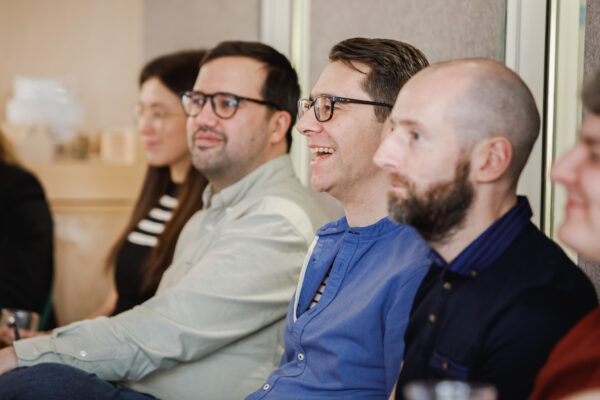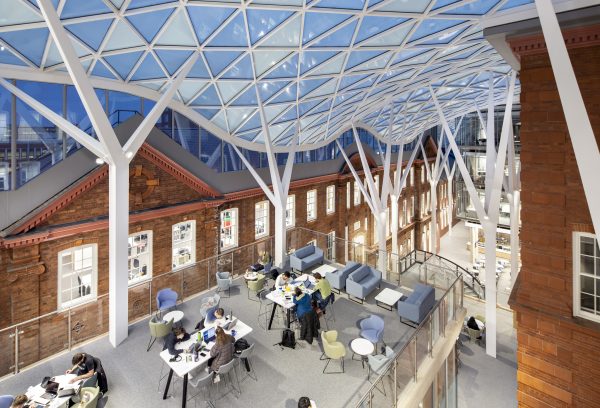Towards Regenerative Reuse
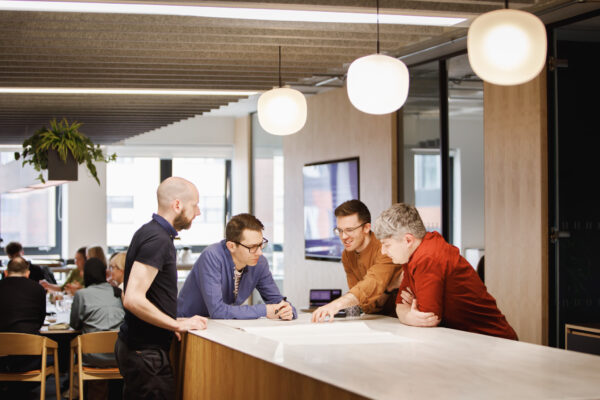
In 2019, architects declared a climate and biodiversity emergency, in recognition of two of the most serious crises of our times.
Global temperatures are projected to reach 2-3°C above pre-industrial levels, exceeding the ‘safe’ limits of the Paris Agreement. Despite repeated warnings from climate scientists and other experts, responses and action remain inconsistent.
In the UK, we are only 15 years away from our 2040 target of an 87% emissions reduction (against the pre-1990 baseline) and halfway to our legally binding 2050 net zero target.
As a contributor of an estimated 25% of UK emissions (with some estimates as high as 40%), construction has a huge part to play. It is estimated that 80% of the buildings currently in use will still be standing in 2050, by which time they will need to be ready for a net zero future.
Despite our focus on carbon, construction’s negative impact goes beyond greenhouse gas emissions. Biodiversity and habitat loss are occurring at a global scale. Finite resources are being rapidly depleted with threats to global supply chains arising from resource scarcity.
Plastics and ‘forever’ chemicals have permeated every part of the ecosystem, from oceans, rivers, forests and clouds, to food, blood, brains, and umbilical cords. We are embedded in a degenerative system. Humans are actively destroying the very life support systems we rely on for clean air, water and food.
Aross the construction industry, voices are calling for change and working towards delivering it. The scale of the challenge is vast: our industry needs a fundamental reorientation. We need to start giving back: regenerating and restoring the natural systems we have been ruthlessly exploiting. We need a wholesale paradigm shift: to re-imagine and enact new ways of doing, moving from degenerative to regenerative approaches to commissioning, designing, building and inhabiting our environment.
There are growing numbers of best practice examples arising from some outstanding cross-industry and cross-disciplinary collaboration. Our collective action can be incredibly powerful. Another way is still possible.
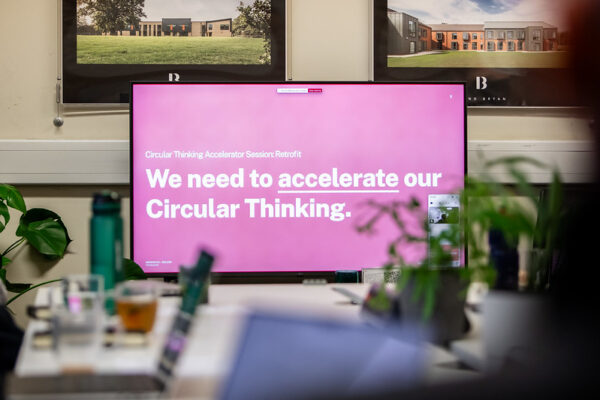
Circular Thinking: Reflecting on Lessons Learnt
At Bond Bryan, one of our seven core values is ‘Circular thinking.’ We foster a culture of continuous improvement using lessons from past projects and processes. By doing so, we look to embrace the necessary paradigm shift towards regenerative practices and strengthen future action.
This year, we gathered colleagues from across the business for two events. We reflected on our collective experience of projects reusing existing buildings and shared some of the key lessons learned together.
We named the sessions ‘Accelerators’, to emphasise the urgent need: to accelerate our circular thinking. The key question was simple: how can we deliver more regenerative re-use? And how can we get there faster – how can we accelerate towards becoming a more regenerative practice?
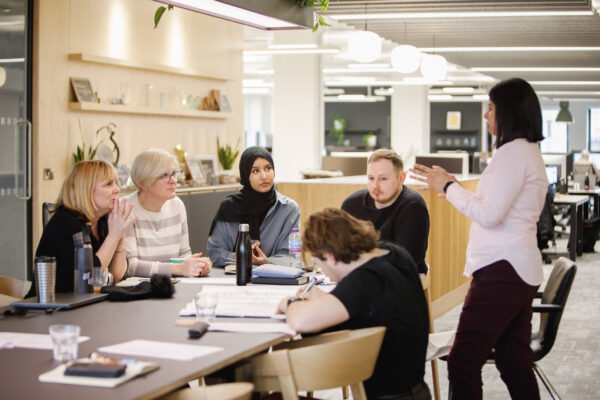
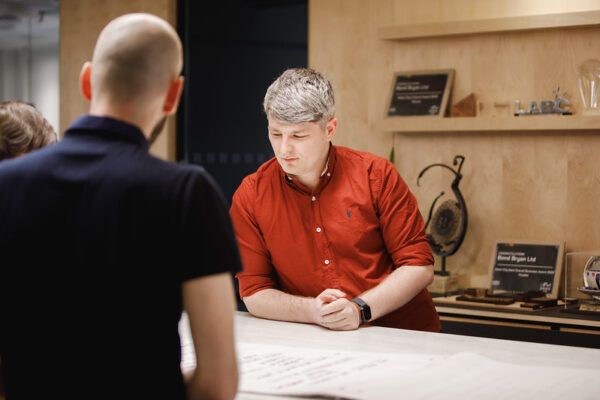
The Challenges & Opportunities of Reuse
The accelerators demonstrated that reuse projects present frequently recurring challenges: lean budgets, demanding programmes, inadequate or late survey information, unexpected site discoveries, late specialist appointments, scope creep (scope snowball!), and legacy issues that must be resolved before work can progress. Reuse can be messy, complex, and rarely straightforward.
But it is also vital. We simply cannot demolish and rebuild our way out of the climate emergency. Reuse can be challenging. Many of us know all too well ‘those’ projects that become notorious for taking more than their fair share of blood, sweat and tears to get over the line. But when done well, reuse can be extraordinary: retaining the cultural and material ‘capital’ inherent in existing buildings; protecting, restoring and celebrating all the things we love about them; giving them a new lease of life for future generations to enjoy.
Sessions like the accelerators are so valuable to us because complex, challenging projects are often the ones where we learn the most. Gathering to share the combined knowledge and experience gathered across the practice over years of delivering reuse projects helps us to continue to develop smarter ways of working, more efficient methods of delivery, and achieve better outcomes for our clients and stakeholders.
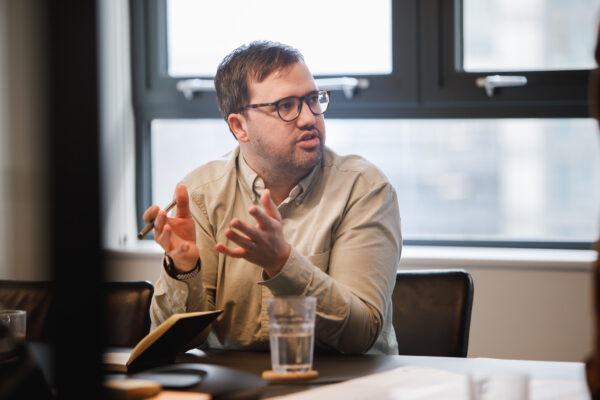
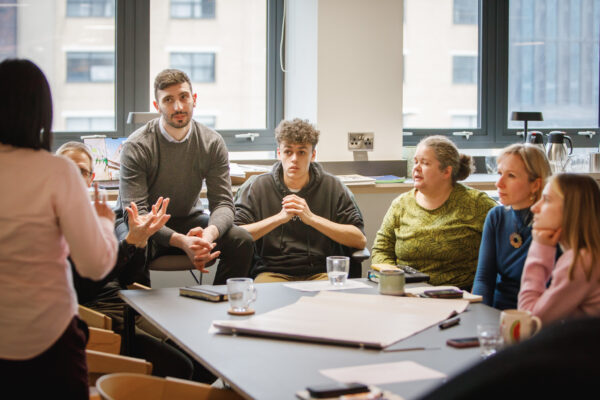
Environmental Circularity & Our Action Plan
Our in-house sustainability group, Environmental Circularity (EnCirc), is dedicated to driving change across the practice and helping us to adopt more regenerative practices.
The knowledge gathered at the accelerator sessions has enabled us to prepare an action plan for the next 12 months that delineates the practical steps needed to further improve our delivery of reuse projects, delivering more regenerative outcomes. In the spirit of cross-industry knowledge sharing, our key insights are summarised below.
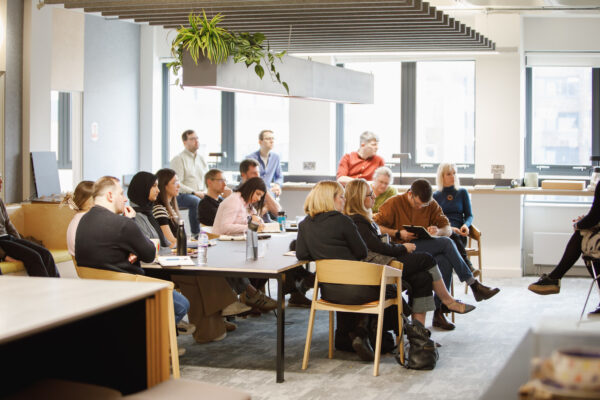
Set the project up for success
Project leads repeatedly stressed one point: if the project doesn’t start out on the right footing, there will be greater challenges later. Clear definition and agreement of scope is vital. Appropriate fee structures and defined responsibilities are all essential to effective delivery.
A robust and clearly defined brief is crucial, and, if it changes or is derogated against as the project progresses, that needs to be tracked and agreed by the whole project team. Clarity on a shared understanding of what success will look like for the project, with buy-in from the whole project team from the start, will help to safeguard the right priorities when the going gets tough.
For us internally, setting the project up for success also involves clear communication on which surveys are required and when, as well as ensuring we build a robust, clean, lightweight 3D model to the correct level of detail, and with clearly defined information requirements and outputs.

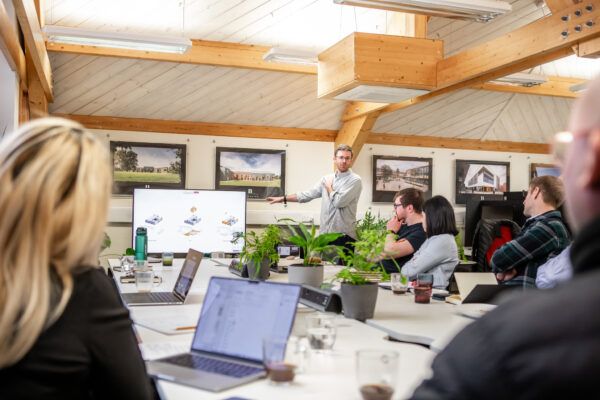
Make friends with your building
The greatest joy and the most demanding challenges in reuse come from the need to grapple with the existing building. ‘Making friends’ with it means knowing it inside out – commissioning the right surveys (we find we prefer good quality 2D survey information to ambiguous point clouds. 3D photographic surveys, on the other hand can be invaluable).
We also need to do our research: delving deeply into the history, significance and story of the building. Only by understanding how it was constructed, adapted, and reconfigured over time, who it matters most to and why, can we adapt it meaningfully.
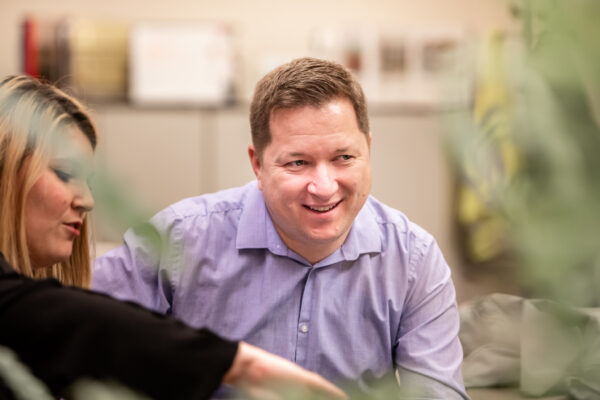

Make friends with your client
As with any project, it is vital to understand the needs of our clients and stakeholders. This goes beyond ‘stakeholder engagement’ to a thorough understanding of how they work, what they value, and what their aspirations are for the particular project.
With the right depth of insight, we can unlock opportunities to map client needs onto the existing building in ways they may not have anticipated. Such understanding comes only through genuine collaboration built on trust. At Bond Bryan, we have always had a strong reputation for our strategic thinking. We place a lot of emphasis on finding the best path to the desired outcomes, and we have learnt over the years that time spent clearly defining the end goal before you start is never wasted.
This is also where regenerative design approaches can go further to enfold the entire collaborative process: it’s not just the information we produce, but the way we go about producing it. Done right, we can create more equitable and inclusive spaces that are truly co-designed, empowering people to shape the environments they inhabit in profound and lasting ways.
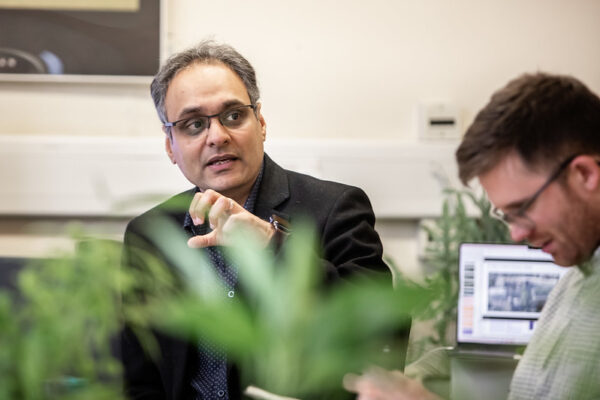
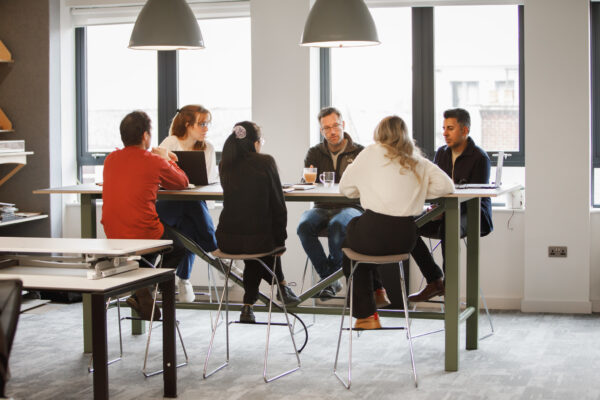
Do it early
Nearly every case study showed that critical information or expertise could have been gathered sooner. One project lead remarked that these projects can feel, at times, like working a stage ahead in terms of detail. Reuse projects can often demand more intensive upfront work but will return time saved tackling issues retrospectively.
The most successful outcomes arose from early surveys, early involvement of specialists, and early engagement with planning, conservation, and building control officers. Early contractor or manufacturer input was vital in improving buildability and smoother progress on site.
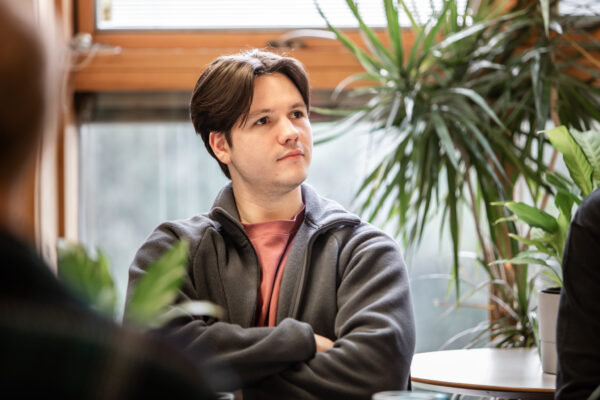
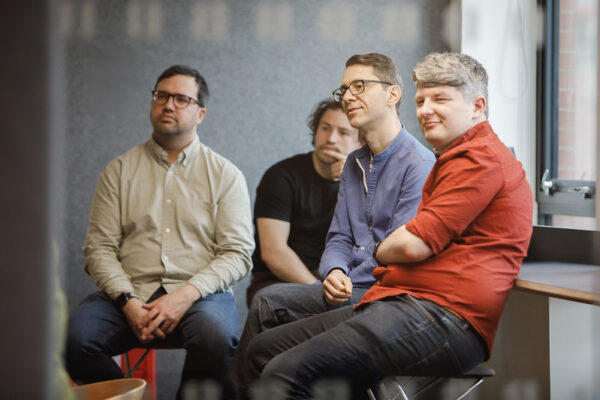
Do it smart
Reuse projects are often highly constrained and complex, so resources must be focused where they add most value. The right information, presented clearly, makes for effective communication, teamwork and higher quality outcomes.
Because reuse can involve multiple redesign cycles in response to new information and discoveries, careful allocation of time and expertise is critical to project success, the happiness and wellbeing of our teams, and the satisfaction of our clients.
In the coming months, our EnCirc Retrofit Team will be compiling stage-by-stage guidance to assist project teams in navigating the complexities of reuse projects and maximising regenerative outcomes.
